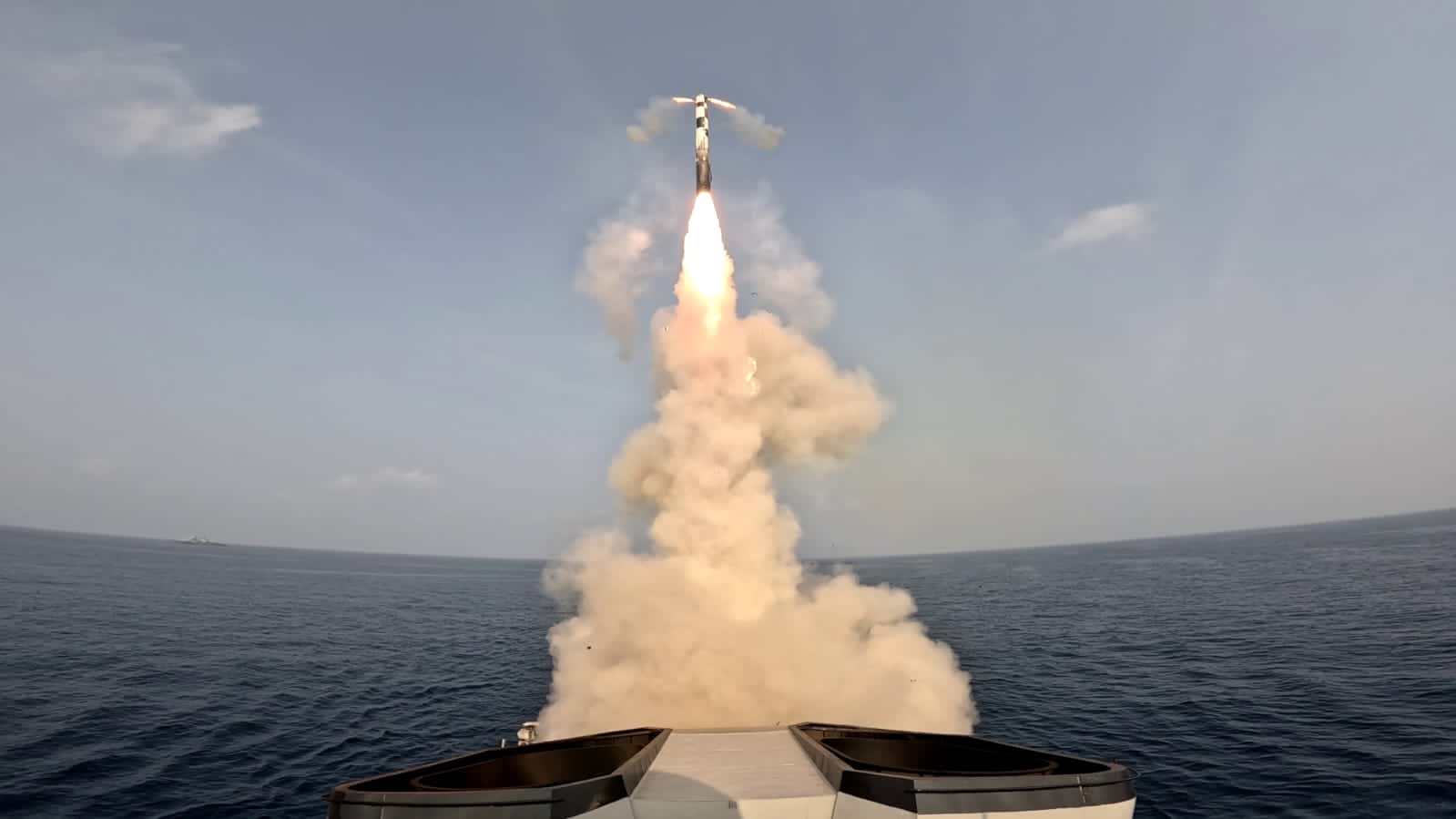An Indian Air Force C-17 Globemaster and Russian Il-76 will take off tomorrow for the South China Sea with important cargo that will help balance China’s increasing might in the region. An official, on condition of anonymity, confirmed to the EurAsian Times that the two heavy lifters of the IAF will be delivering BrahMos missiles to the Philippines.
The missile system will be delivered over the course of the next week. The training of the Philippines Armed Forces to integrate BrahMos will take place some time later.
Manila Bulletin also quoted a source privy to the delivery as saying that the tentative date for the arrival of the BrahMos supersonic missile system at the Clark International Airport is April 19.
The source said that the Indian missile system “(is) confirmed coming in” supposedly “to counter Chinese aggression.”
The Armed Forces of the Philippines (AFP) “remains upbeat” with the impending delivery. The AFP and the Department of National Defense (DND) have yet to confirm this. However, the military was optimistic about integrating the fastest supersonic cruise missile in the world to the Philippine Marine Corps (PMC) capability.
“We cannot comment unless the capability is turned over to us. We will provide details as soon as the equipment is formally turned over to the AFP,” said AFP spokesperson Col. Francel Margareth Padilla, as quoted in the media report.
“[We] hope it will be turned over immediately to the AFP for its use,” added AFP public affairs office chief Col. Xerxes Trinidad.
On February 17, 2023, a batch of twenty-one Philippines Marines completed hands-on training focused on operating and maintaining the newly purchased BrahMos anti-ship supersonic cruise missile.
The training took place between January 23 and February 11, 2023. At the valedictory ceremony for the Operator Training of the Shore-Based Anti-Ship Missile System, Admiral Radhakrishnan Hari Kumar, the Chief of Naval Staff of the Indian Navy, presented the batch of personnel with interim missile badges and pins.
The sale of BrahMos has been undertaken through a government-to-government (G2G) deal. It includes the delivery of three missile batteries, training for operators and maintainers, and the necessary Integrated Logistics Support (ILS) package. A single missile battery usually consists of three mobile autonomous launchers with two or three missile tubes each, along with its tracking systems.
The BrahMos missile system has been acquired under the “Horizon” 2 Priority Projects for the modernization of the Philippines armed forces amidst spiraling tension in the West Philippine Sea.
The BrahMos missiles, named after the Indian Brahmaputra and Russian Moskova rivers, are expected to be delivered to the South East Asian country by IAF’s heavy airlifters—the Russian Il-76 & the American C-17 Globemaster. The missile units will help secure the country with one of the longest coastlines in the world.
“Not only does the BrahMos Missile system placed at its coastline add to the Philippines military’s capabilities to respond to a threat, but it also sends a strong geostrategic signal to its adversaries of a strong intent to defend its territorial sovereignty in the West Philippines Sea,” Maritime Security & Asian Security Architectures expert Dr. Pooja Bhatt told the EurAsian Times.
Following the delivery, the Philippines will join a small club of Southeast Asian nations with supersonic anti-ship cruise missile capability. Indonesia has operated the ship-based Russian-origin Yakhont supersonic anti-ship cruise missile since 2011; in 2015, Vietnam’s army also purchased two land-based Bastion-P mobile coastal defense missile systems from Russia.
The missile system costs US$374,962,800, or around P18.9 billion, and will be utilized by the Marine Coastal Defense Regiment to “provide deterrence against any attempt to undermine the country’s sovereignty and sovereign rights, especially in the West Philippine Sea.”
BrahMos also aims to land a follow-on order of around US $300 million with the Philippines. The Philippines Army is expected to order a land-based version of the missile system.
Philippine’s Quest To Bulwark Itself Against China
Amidst China’s growing belligerence in the region, the Philippines embarked on a military modernization effort in 2013. However, the progress was snail-paced due to budgetary limitations.
On December 31, 2021, the Philippines Ministry of Defense announced that it had issued a notice of award to BrahMos Aerospace Pvt Ltd, accepting its proposal to supply the shore-based anti-ship missile system for $374 million.
It was the culmination of a long-drawn hunt by the Philippines to equip itself with the BrahMos weapons system, which was jointly developed in a joint venture between India and Russia that was established in India in 1998.

The BrahMos is the world’s fastest supersonic cruise missile, and it can be launched from submarines, ships, aircraft, or land platforms. It cruises at three times the speed of sound, making it difficult for the enemy to bring it down.
The delivery of the missile system comes as tensions between the Philippines and China in the South China Sea are resulting in aggressive military confrontations.
In the past decade or so, China has asserted ever greater control over these waters, using two island chains called the Paracels and the Spratlys. Beijing has expanded its military footprint by building and fortifying outposts and airstrips. Manila has now started offering more forceful resistance to Beijing’s territorial claims.
The deployment of the BrahMos cruise missiles would provide the island country with a semblance of deterrence against the Asian Giant. The delivery, seen as an opening act in purchasing more military hardware from India, also signifies New Delhi overcoming its reticence to become a player in the South China Sea.
Besides, the Philippines, Thailand, Vietnam, and Indonesia have shown keen interest in purchasing the BrahMos missile system.
The missile system in the Philippines will address the country’s military weaknesses and vulnerabilities in sea control, anti-access/area-denial (A2/AD), and coastal and island defense operations, as guided by the PN Active Archipelagic Defense Strategy and the Philippines Marine Corps Archipelagic Coastal Defense Concept.
- Ritu Sharma has been a journalist for over a decade, writing on defense, foreign affairs, and nuclear technology.
- The author can be reached at ritu.sharma (at) mail.com
- Follow EurAsian Times on Google News




